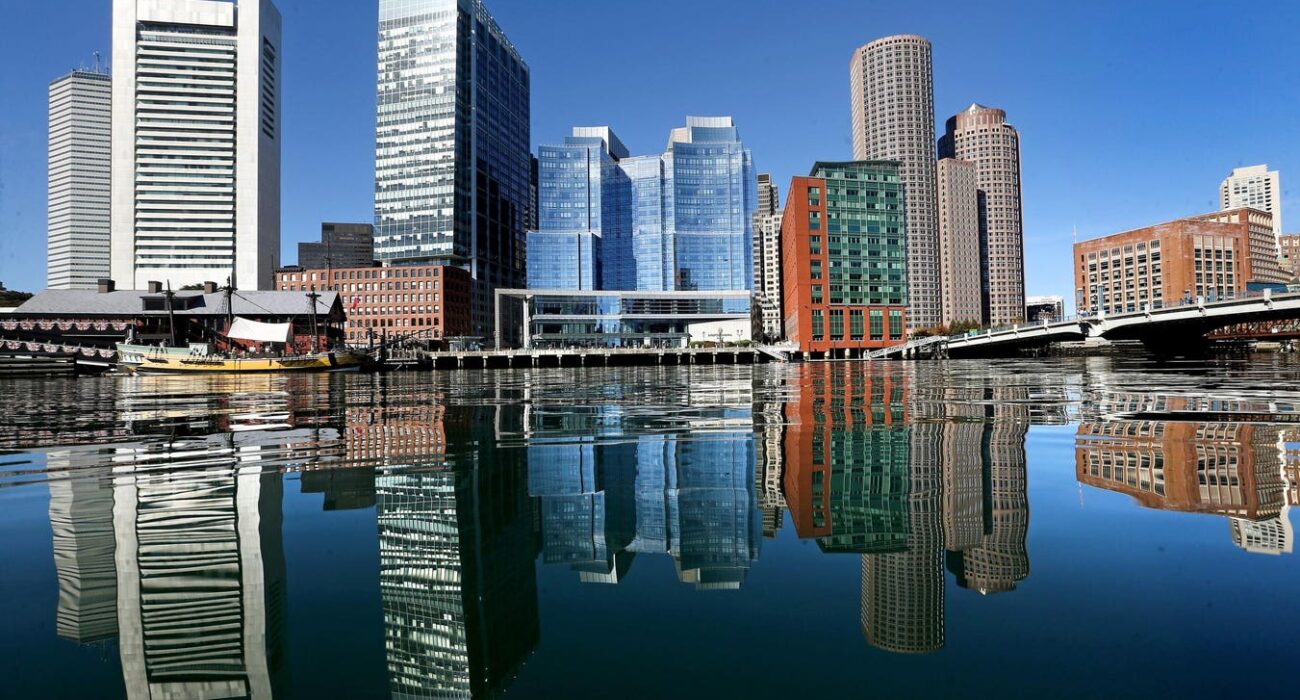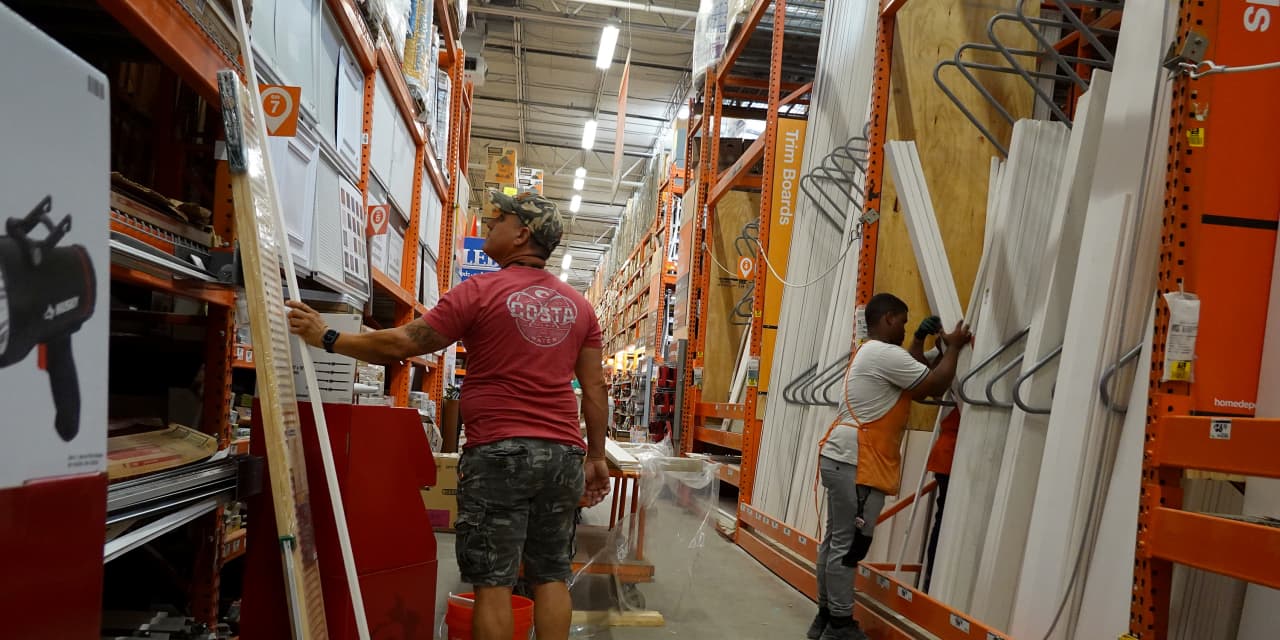If you’re looking for a great property to invest in, you may have already heard “Location, location, location!” Certainly, finding the right spot is an important starting point. Beyond identifying the right location, you’ll want to pick your asset class, such as opting for multifamily, retail, office, or development, which I’ve covered in detail in previous articles. You’ll also need a business plan in place to show to others, including partners, lenders, and other investors.
As you go through the process, keep in mind that analyzing the right data can reveal many factors about the market you’re considering. The key is to find the right data and interpret it when evaluating a market. You may discover that the property you’re considering is in a growing area or could increase in value due to economic factors in the region.
Consider the following guidelines in mind as you review data and make a real estate investment:
Be Aware of Job Figures
When looking at investing in a city, it may seem reasonable to evaluate the job market. Areas that are growing and hiring more employees could be a sign of a strong economy. However, in today’s hybrid world, determining job growth could be more challenging. That’s because if a job is reported in one market, the person hired might live in another state and stay there to work remotely. Given this, the job data related to a city might not give the full picture of who is living there. Check carefully to see where the jobs are being offered.
Check Population Data and Demographics
If a city is growing, and more professionals are moving in, it could be a positive sign for the local economy. Look at studies on returning to the office or resources such as Kastle, which analyzes office occupancy rates, to see if employees are working face-to-face in the location you’re considering. You can also check what types of industries are operating in the area. Once you know this, you’ll be able to think about real estate assets that would complement the trends. For instance, if a market is known as a big tech center, you could look at what type of office space is needed. You could also check what kind of housing will be in demand, such as if the workers are looking for roommates in an apartment or prefer single-family homes. Look at apartment occupancy levels to get an idea of residential trends.
Understand Foot Traffic Numbers
With the advent of anonymized cell phone data, we can now access useful information about a market and view the related trends. You could look at foot traffic numbers for a location you are evaluating. You might be able to identify commute patterns and understand how people move through a particular space. This can be especially valuable when making office and retail decisions.
Look at City Tourism and Projects
Check transit studies to learn figures related to subway travel, along with rail and highway routes. Find how many people are coming through a nearby airport regularly, and review tourist numbers and hotel occupancy rates. If these statistics are up, it could be a sign of a strong local economy.
In some areas, you might spot changing infrastructure such as a new subway station that is being built or a train route which will be added to a line. You could learn about a plan to build a city park or other public space. Knowing which projects have been identified, along with when they are expected to be finished, can help you make a decision. You’ll be able to compare this insight to the other information you’ve gathered to get a strong sense of where the market is headed.
While considering location will also be essential when making a real estate investment, there are many additional resources you can tap. With the data that’s now available, you can look at the changes in population, see what industries are booming, and know how people are moving through the area. All these factors can help you see if the location you’re considering is right and has the potential to generate an outsized return on your investment.
Worldline has launched a consultancy service to help its eCommerce clients gain revenue and improve payment operations.
The service, announced Tuesday (Sept. 26), is designed to help businesses optimize existing operations and identify new markets where cross-border transactions and revenues “are rising rapidly,” the payments company said.
“In payments, add-on consultancy services have typically been offered in a very transactional fashion with the express aim of selling additional products,” Matias Fainbrum, vice president, Worldline Consulting Services, said in a news release.
“Worldline Consulting Services has been set up very differently. We are adding a bespoke, value-enhancing layer on top of our existing customer support so our customers can optimize the way they operate.”
According to the release, the service combines three offerings: solution design and checkout user experience, online payments authorization rate optimization, and multi-currency pricing and foreign exchange (FX) management.
PYMNTS spoke last month with Andrew Monroe, global head of gaming and media at Worldline, on the idea of “creating both a meaningful and efficient experience for consumers.”
However, he added that strategies for achieving that goal will vary from merchant to merchant, thanks to differences in local payment preferences and practices across markets and regions.
Still, from a payments standpoint, Monroe said optimizing the checkout process is the place to begin, with merchants developing a seamless checkout flow that reduces cart abandonment and lost sales.
“They should get enthralled by the goods or services they want to buy and then get it,” he said. “Everything in between is the merchant facilitating the checkout experience.”
And although creating seamless experiences often means removing friction from the eCommerce process, Monroe said a certain level of friction might be needed to garner consumers’ trust, depending on the goods or services being purchased and the consumer’s country of location.
“Sometimes it’s good to have no friction or minimal friction to enable them to slide through that checkout experience as quickly as possible,” he said. “Other times friction is necessary, or else consumers will drop off because they lose trust with the process.”
Also last month, PYMNTS talked with Guillaume Tournand, VP of growth and digital commerce at Worldline, about the difficulties facing companies when the realities of cross-border payments intrude on their commercial opportunities.
“The best value proposition that plays in the payment ecosystem is to unlock for merchants complex, international economies and opportunities by doing the heavy lifting that opens up the growth potential in a neat and convenient way,” Tournand said.



